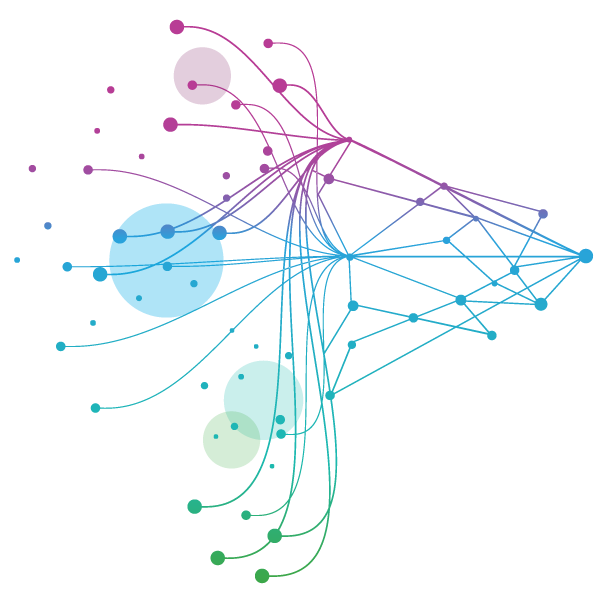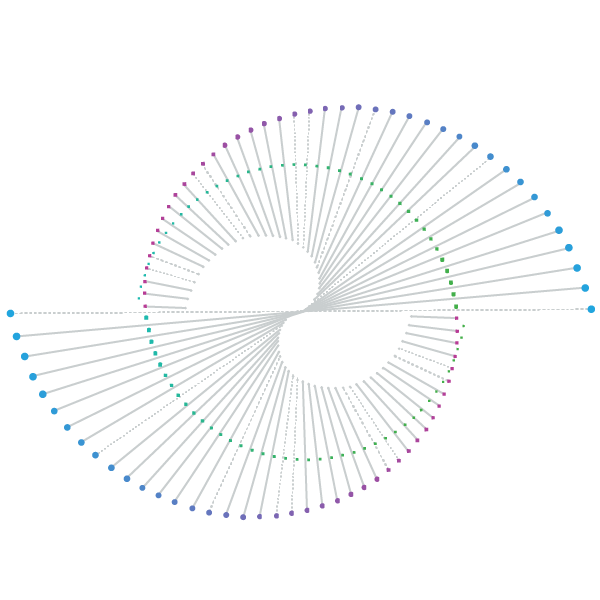Forging a path for MedTech Innovation.






















- Blogs
- Molecular Diagnostics in 2025
The molecular diagnostics (MDx) landscape continues to evolve rapidly, shaped by the aftershocks of the COVID-19 pandemic and a renewed focus on broader infectious disease testing. At IQVIA MedTech, we recently presented our latest findings at AMP 2025 Analyst Day, highlighting the shifts, challenges, and opportunities shaping the molecular market today—and what lies ahead.
Beyond COVID: A Return to Growth
While COVID-19 revenues declined significantly in 2024, the broader molecular market proved its resilience, posting high single-digit growth when excluding COVID-related testing. This rebound has pushed market performance above pre-pandemic levels, signalling strong recovery and renewed investment across key diagnostic segments.
The Rise of the "Quademic"
In the U.S., what began as a "tripledemic"—with simultaneous surges in influenza, RSV, and COVID—has now evolved into a "quademic" with the resurgence of Norovirus. Despite being a gastrointestinal bug, its inclusion is due to being a winter pathogen that affects many of the same patients. Perhaps most notably, flu-related deaths surpassed those from COVID for the first time since the pandemic, marking the highest rates in 15 years. These epidemiological shifts are driving renewed demand for multiplex respiratory panels and stressing the importance of pandemic preparedness infrastructure.
These shifts are not just a coincidence—it’s a consequence of immunity debt.
During the height of the pandemic, reduced exposure to common respiratory and gastrointestinal pathogens (due to masking, lockdowns, and social distancing) led to a population-wide decline in baseline immunity. Now, as normal interactions resume, individuals—especially children and the elderly—are experiencing more intense and frequent infections from viruses they previously encountered with less severity.
A Changing Competitive Landscape
While COVID revenue declines affected top-line performance, all major industry players demonstrated healthy ex-COVID growth ranging from +3% to +20%. This broad-based recovery reflects strategic realignments, portfolio expansions, and new platform introductions—especially in STI, respiratory, and AMR-related testing.
Key Trends Shaping the Market
- STIs Take the Lead: For the second straight year, sexually transmitted infection (STI) diagnostics have overtaken Core Viro (defined as HIV-Hepatitis) as the largest non-respiratory molecular segment, driven by rising incidence and initiatives aimed at screening to control spread.
- Instrument Placement Challenges Persist: Although new instrument placements are improving, the post-pandemic environment continues to pose logistical and operational hurdles.
- HPV Screening Reimagined: New guidelines now recommend HPV DNA testing over the traditional Pap smear for cervical cancer screening. The inclusion of self-collected specimens is important for accessibility and population screening.
- Point-of-Care (POC) Expansion: The NAT POC segment is expanding beyond respiratory infections. In early 2025, Roche received FDA clearance and CLIA waiver for cobas® liat CTNG & CTNG/MG, while bioMérieux is making notable progress with its Spotfire platform. In addition, several other competitors also have POC solutions in the pipeline.
- Antimicrobial Resistance (AMR) in the Spotlight: With projections estimating 10 million deaths annually and $100 trillion in global economic impact by 2050, AMR is becoming a critical focus. This urgency is accelerating demand for multiplex panels and flexible testing options, even amid reimbursement challenges.
What’s Next in Molecular Diagnostics
As we look ahead, three forces are set to shape the future of molecular diagnostics:
- Continued POC Innovation: Expansion into STIs, AMR, and gastrointestinal pathogens.
- Smarter Testing Strategies: Shift toward smaller, flexibly reimbursable panels tailored to clinical need.
- Global Health Preparedness: Strengthened surveillance and rapid response testing for emerging infectious threats.
The molecular diagnostics sector has shown not just resilience, but a remarkable capacity for reinvention. As we navigate a post-pandemic era marked by new clinical priorities and shifting epidemiology, one thing is clear: molecular testing will continue to be a cornerstone of modern healthcare—and IQVIA MedTech is here to guide the way forward.
For more insights into our IVD market intelligence or to schedule a custom briefing, reach out to our team today by clicking the CONTACT US button.
Latest Thinking
Navigating China's MedTech Market
The Convergence of Medical Devices and Digital Health: What’s Next?
The Rise of Robotics in Orthopedics
Ten MedTech Trends to Watch in 2025
Related solutions
Connected commercial solutions, maximizing market performance.





